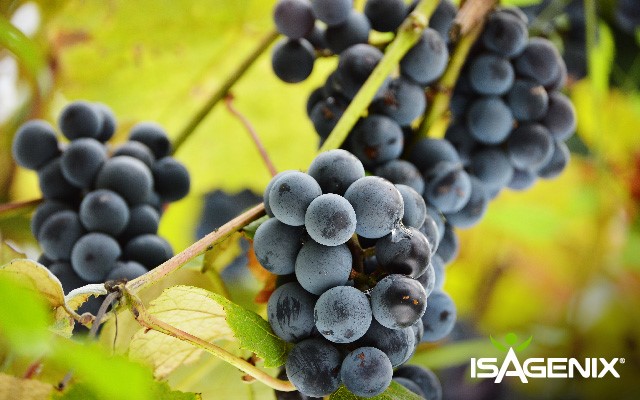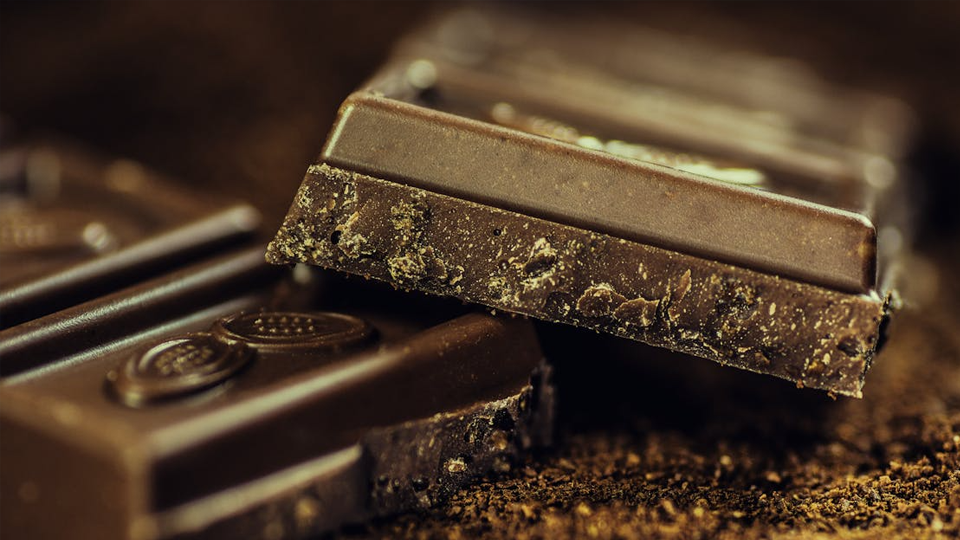Resveratrol is a fascinating molecule with an equally fascinating history. Even its name is cloaked in mystery with speculation the word derives from the collective of resorcinols, the class of molecules where resveratrol belongs plus veratr, the plant type where it was first isolated, and ol, indicative that the molecule has hydroxyl (alcohol) groups.
The “French Paradox”
Resveratrol was first mentioned in an article published in 1939 by Japanese researcher Michio Takoaka (1). According to varying accounts, experiments on the exotic, but poisonous plant Veratrum grandiflorum allowed researchers to chemically isolate resveratrol. Later in 1963, the molecule was isolated from Polygonum cupsidatum (Japanese knotweed), a common source for traditional Chinese and Japanese medicine. Resveratrol has since been identified in more than 70 different plant species such as grapevines, legumes, and pines (2) with its synthesis increased in response to stressors such as injury, ultraviolet radiation, and fungal infections.
Other dietary sources of resveratrol include chocolate, peanuts, soybeans, pomegranates, and, of course, red grapes, particularly the skin of the grape. Interestingly, since grape skins are not fermented during the production of white wine only red wine contains resveratrol and is indeed the richest source of the substance in most human diets (approximately 0.5-1.0 mg per glass of red wine).
There would be scant scientific interest in resveratrol until 1992 when French scientists Serge Renaud and Michel de Lorgeril concluded from epidemiological data that, despite a diet rich in saturated fat and other poor lifestyle habits (such as a high rate of smoking), the French had a low incidence of cardiovascular problems (3). The duo coined this seemingly contradictory observation the “French Paradox” in which they hypothesized one primary cardio-protective factor responsible was the moderate consumption of red wine in the French diet.
A Healthy Aging Molecule
Despite the numerous biologically active components potentially contributing to the heart-healthy benefits of red wine the primary target of intense investigations has focused on resveratrol.
A decade after the French Paradox was proposed, resveratrol made yet another significant impact upon the scientific community. In 2003, a pioneering study found that resveratrol extended the life span of yeast by 70 percent through a mechanism involving activation of the protein SIRT1 (Sirtuin 1) (4). Subsequent studies found similar life-extending effects in other organisms such as worms, flies, and some fish. (See reference 5 for additional information.) Evidence of life span extension in higher mammalian species, however, such as rats have yielded more equivocal results although even in many of those studies, resveratrol offered metabolic and cardiovascular benefits.
Besides potentially activating SIRT1, resveratrol may also positively affect health via activation of another protein, AMPK (6). Through this modulation resveratrol may influence mitochondrial biogenesis (creation of newer, healthier mitochondria), stress responses, energy metabolism, and other critical functional cellular pathways.
Other potential mechanisms attributing to reseveratrol’s biological benefits include protection against platelet aggregation thereby reducing their susceptibility to “stick” and clump in arteries as well as its antioxidant properties (7,8).
Phytonutrient and Heart Health Benefits
While resveratrol’s mechanisms of action remain of significant interest to scientists there have also been numerous clinical studies investigating the polyphenol. For example, some studies have reported heart-healthy and metabolic benefits of resveratrol supplementation (8,9) while others have reported improved cerebral blood flow (10). Additionally, Ghanin et al. (11,12) found six-week supplementation with 40 mg resveratrol offered significant antioxidant protection.
References
- Takaoka M. Resveratrol, a new phenolic compound, from Veratrum grandiflorum. Nippon Kagaku Kaishi 1939;60:1090–100 (in Japanese).
- Fremond L. Biological effecs of resveratrol. Life Sci 2000;66:663-73.
- Renaud S, de Lorgeril M. Wine, alcohol, platelets, and the French paradox for coronary heart disease. Lancet 1992;339:1523-6.
- Howitz KT, Bitterman KJ, Cohen HY et al. Small molecule activators of sirtuins extend Saccharomyces cerevisiae lifespan. Nature 2003;425:191-6.
- Timmers S, Auwerx J, Schrauwen P. The journey of resveratrol from yeast to human. Aging (Albany NY) 2012;4:146-58.
- Jaur JA, Pearson KJ, Price NL et al. Resveratrol improves health and survival of mice on a high-calorie diet. Nature 2006;444:337-42.
- Raffaelli F, Vignini A, Giulietti A et al. In vitro effects of resveratrol on oxidative stress in diabetic platelets. Acta Diabetol 2014;51:61-9.
- Timmers S, Konings E, Bilet L et al. Calorie restriction-like effects of 30 days of resveratrol supplementation on energy metabolism and metabolic profile in obese humans. Cell Metab 2011;14:612-22.
- Xue M, Weickert MO, Qureshi S et al. Improved Glycemic Control and Vascular Function in Overweight and Obese Subjects by Glyoxalase 1 Inducer Formulation. Diabetes 2016;65:2282-94.
- Evans HM, Howe PR, Wong RH. Effects of Resveratrol on Cognitive Performance, Mood and Cerebrovascular Function in Post-Menopausal Women; A 14-Week Randomised Placebo-Controlled Intervention Trial. Nutrients 2017;9(1). pii:E27. doi: 10.3390/nu9010027.
- Ghanin H, Sia CL, Abuaysheh S et al. An antiinflammatory and reactive oxygen species suppressive effects of an extract of Polygonum cuspidatum containing resveratrol. J Clin Endocrinol Metab 2010;95:E1-8.
- Ghanin H, Sia CL, Korzeniewski K et al. A resveratrol and polyphenol preparation suppresses oxidative and inflammatory stress response to a high-fat, high-carbohydrate meal. J Clin Endocrinol Metab 2011;96:1409-14.
- Brown VA, Patel KR, Viskaduraki M et al. Repeat Dose Study of the Cancer Chemopreventive Agent Resveratrol in Healthy Volunteers: Safety, Pharmacokinetics and Effect on the Insulin-like Growth Factor Axis. Cancer Res 2010;70:9003-11.





